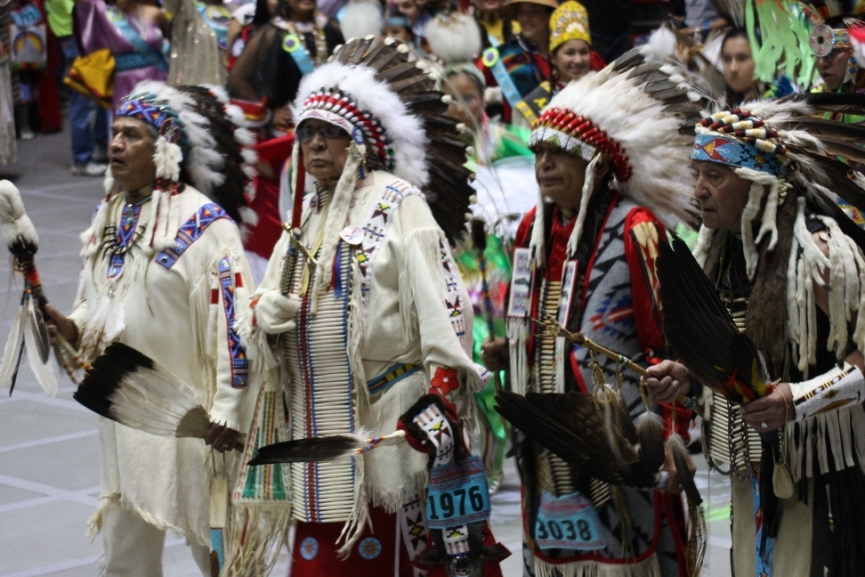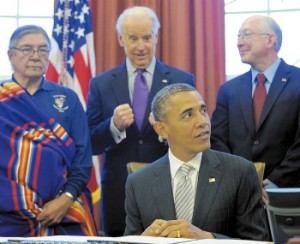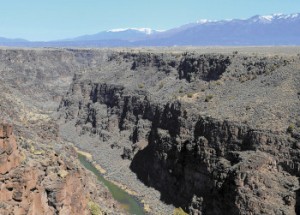By Samantha Sonner, KRWG.org
New Mexico is a state rich in American Indian culture and history, but the way American Indian children are educated has changed drastically over the years. This was the topic of a recent discussion at the Branigan Cultural Center.
Tad Conner, Assistant Professor of Government at New Mexico State University says when most people think of American Indian Education they remember the boarding school era that tried to force assimilation. He says a lot has changed since then.
“Tribes kind of reasserted themselves,” Conner said. “Preserving their languages, preserving their traditions and their customs, but also to try to create positive change and reform in public schools and in public education. And so today I think that’s why we’ve seen sort of a role reversal, away from assimilationist policies but more toward this era of self-determination.”
He says New Mexico is a good example of American Indian history and culture being taught in the classroom.
“I think New Mexico is actually one of those states that’s really kind of taken a lead,” Conner said. “In trying to create at the state level some type of coherent image of instituting an American Indian education curriculum, and traditional kind of cultural programs in public schools that are not only going to benefit native children but are also going to benefit non-native students as well.”
He says it’s important for non-native children to learn more about native culture.
“It’s never a bad thing to learn more,” Conner said. “Especially about your state, and especially in New Mexico when the history of the pueblos, and tribes, and apaches are intimately connected with the experience of non-Indians in this state. So, I think it’s really important for New Mexico’s students in terms of learning the history of the state to be familiar with the history of the tribes, the tribes that are in this particular region and the rights of those particular groups.”
He says there are a growing number of schools on American Indian territory.
“With the tribally controlled schools it gives the tribes a little bit more control over the curriculum,” Conner said. “In terms of being able to bring into the classroom things that are unique. Not only to American Indians as a whole, but unique to their particular groups historical experience as well, especially with regards to the language.
He says there is still a long way to go in the evolution of American Indian Education.














